Self-censoring is a real thing – that I refuse to engage in. Over the last year there has been a dramatic reduction in live hard coral cover at many reefs at the Great Barrier Reef, but this has not been documented in official statistics or in the official reporting that prefers the narrative of gradual and linear decline – whereas recent loss was dramatic at some reefs due to cyclones and at others due to bleaching.
Across the bay from where I live, at the coral reef fringing Wreck Beach, Great Keppel Island, for example, there is a lot of dead coral – so much. The coral is dead from the very dramatic bleaching last summer.
The patches of dead coral are almost exclusively Acropora spp., and of both plate and branching forms. The Porites spp. and other corals, if they bleached, they have most recovered and completely. And the fish – there are still so many, and they are so colourful.
I did take several photographs of a juvenile yellow boxfish (Ostracion cubicus) as it swam across dead coral now infested with dying algae. It is the case that after the corals went white, they became infested with green algae and after that, well the algae are now brown and everything quite dead. But there are still so many fish, and many of the fish are so colourful and seemingly obvious to the dead Acropora spp..

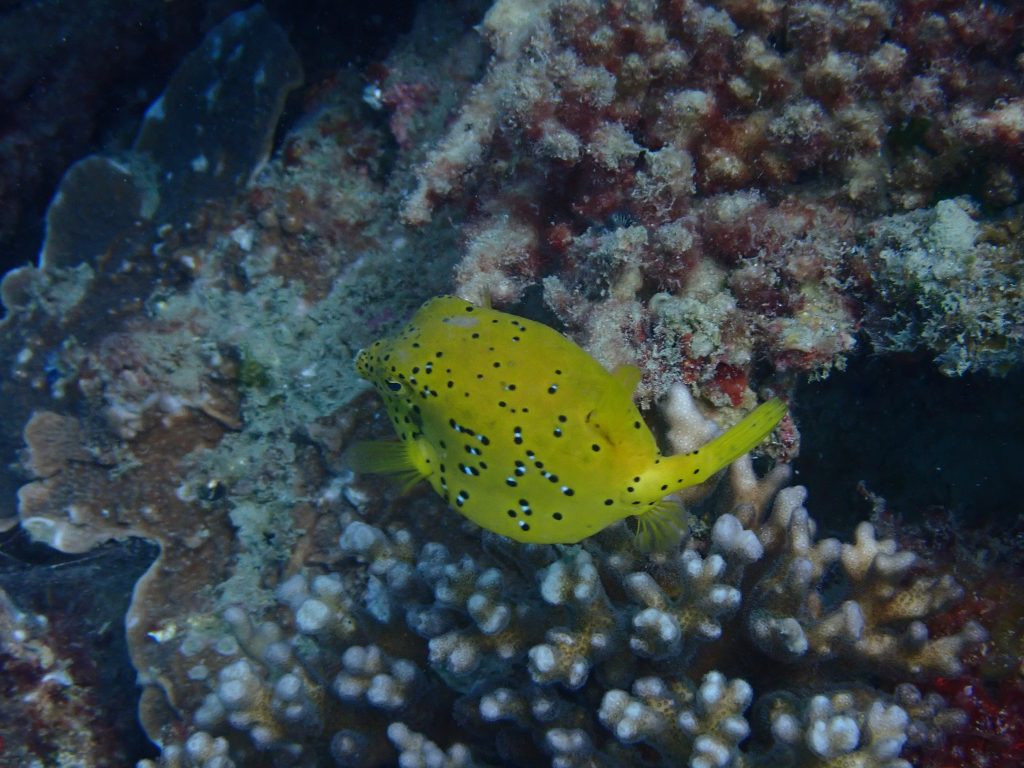
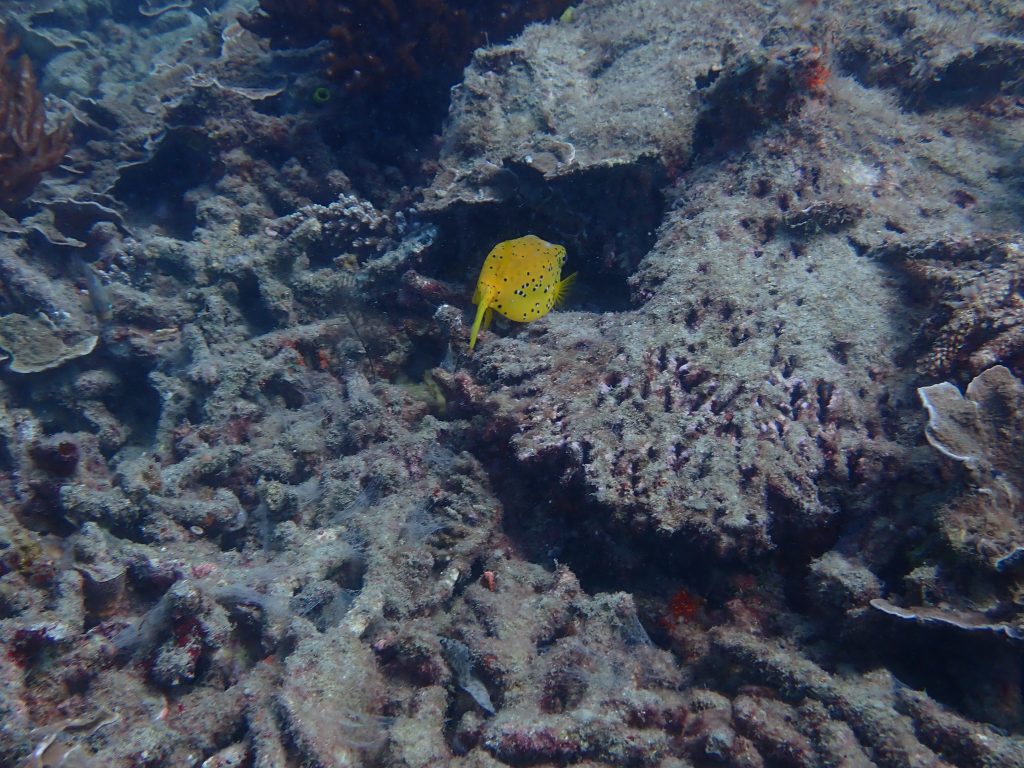
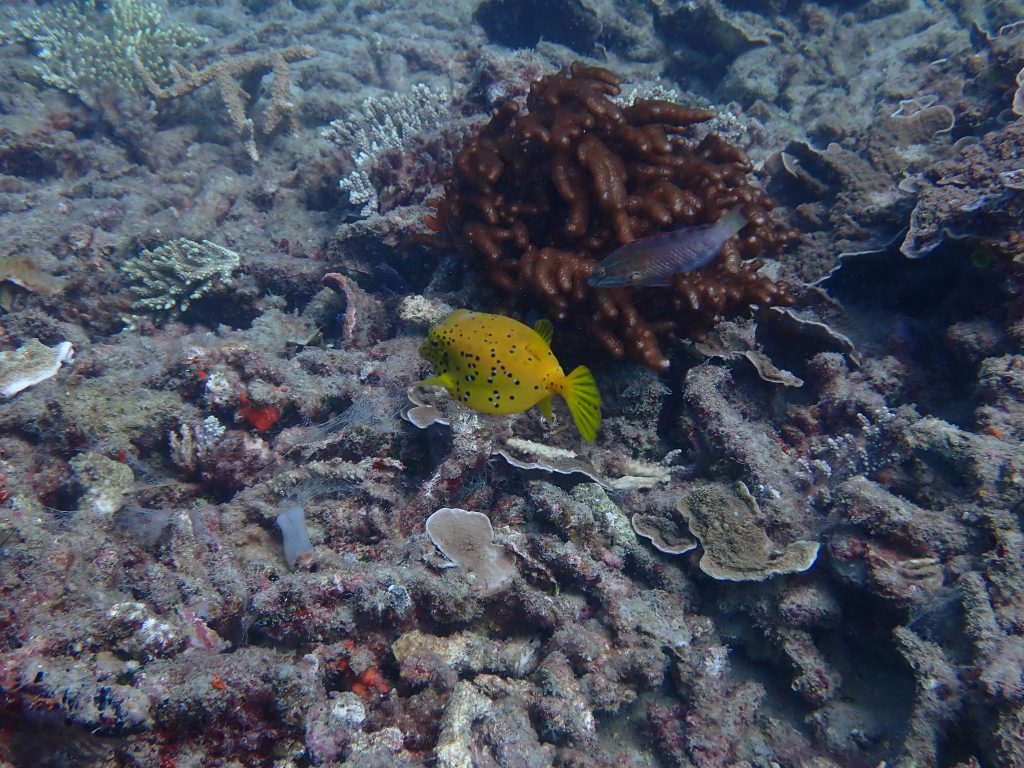
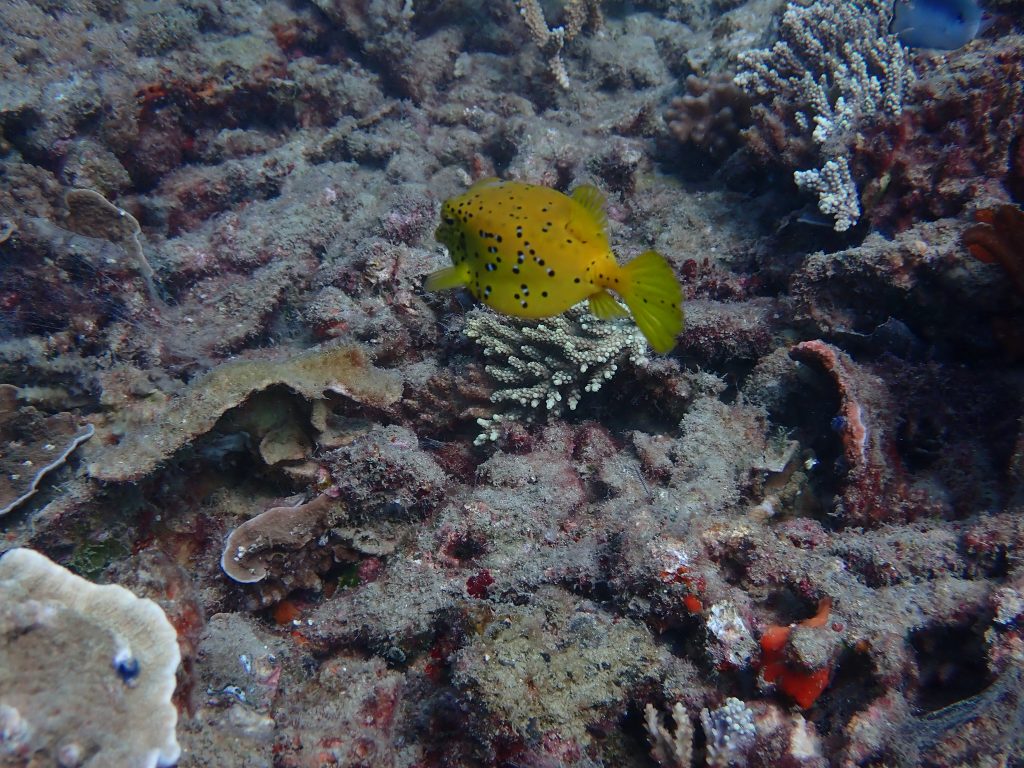
It will be interesting to see what happens next, whether there is recruitment – tiny new corals finding a foothold on the now dead plates – after the coral spawning that will be soon, usually just a few days after the full moon in November.
It is the case that nature tends to follow cycles and to know them we need to acknowledge death when it happens and look to see if new life follows.
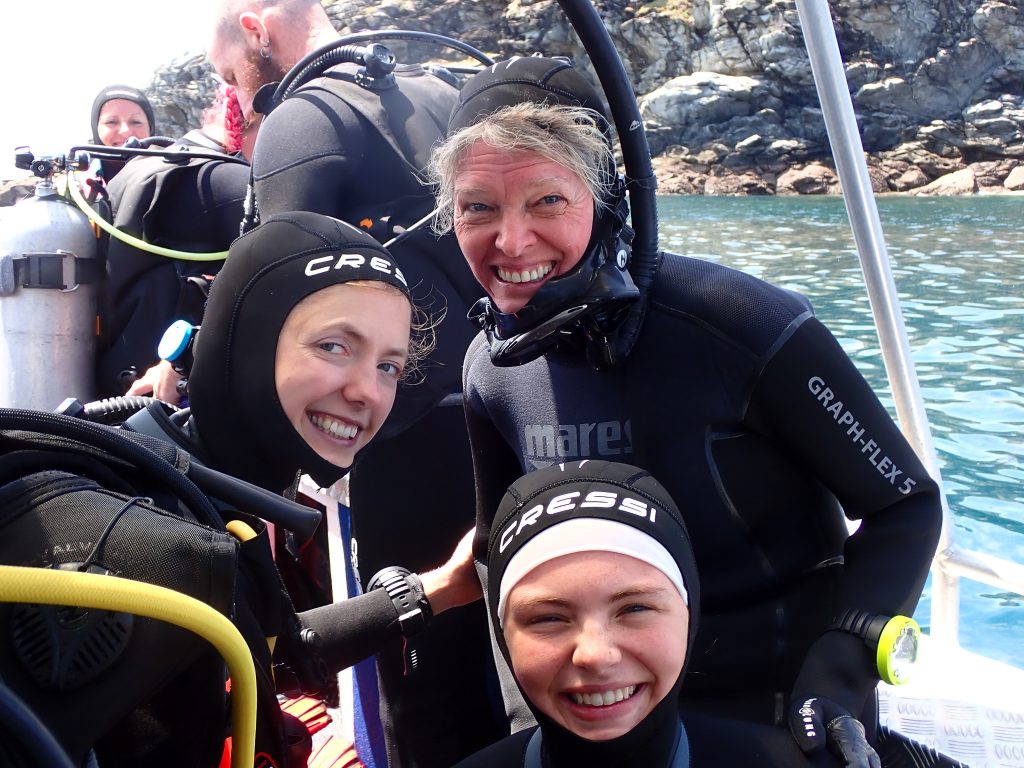
Some of my previous scribbles on last summer’s coral bleaching:
Bald Rock reef bleached April: https://jennifermarohasy.com/2024/04/stark-white-fields-of-bleached-acropora-great-keppel-island/
Wreck Beach reef, bleached April: https://jennifermarohasy.com/2024/04/wrecked-day-3-part-3-great-keppel-island-april-2024/
About natural climate cycles: https://jennifermarohasy.com/2024/07/he-denies-natural-climate-cycles/

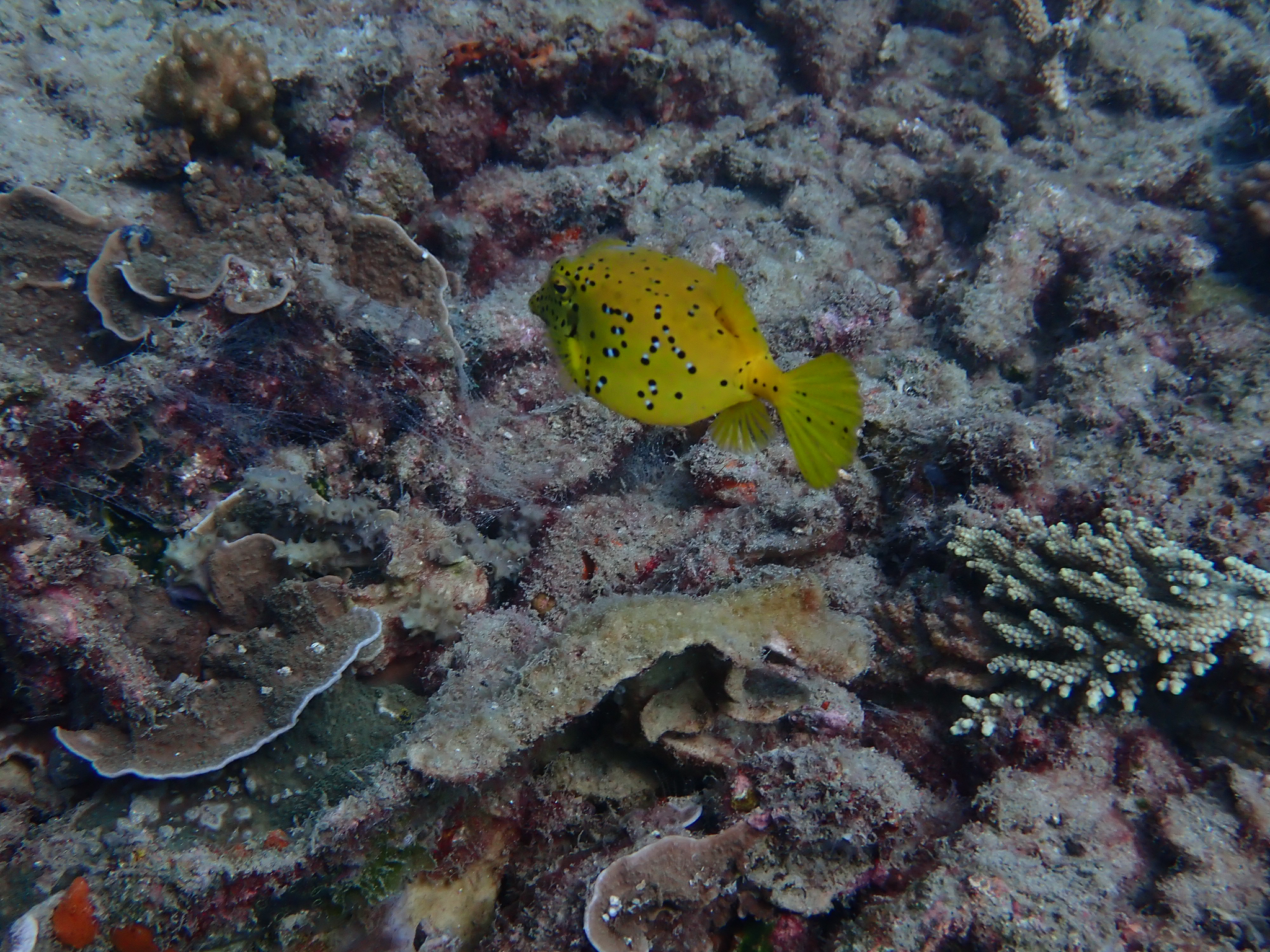
 Jennifer Marohasy BSc PhD is a critical thinker with expertise in the scientific method.
Jennifer Marohasy BSc PhD is a critical thinker with expertise in the scientific method.

Carbonate stratigraphy is mostly mudstone (limestone/dolostone) made from spicules formed within photic zone sea grasss. The reefs are relatively narrow bands called facies fronts. Facies fronts are not wide in ancient rocks. At least in NA I know of no Australian GBR
analogues. The reefs we see in outcrop are simply piles of debris with no evidence at all of the live edge. I must assume that cyclicic sea level change erodes the facies front and what is preserved is the for reef slope rubble providing the base of the next succeeding cycle.
Far too long a stranger to this excellent blog. Thank you for, as always, reporting the evidence. Such a refreshing, well written and I formative blog.
Peter Etherington-Smith is going to have a conniption.